Hartheim
Schloss Hartheim is located in a small village called Alkoven just outside Linz in Austria. In the late 1800s, the castle was handed over to Landes wohltätigkeitsverein in Oberösterreich, who started a hospital for mentally and physically ill children. After Austria was occupied by Germany in March 1938, and around the turn of the year 1939/40 the castle and operation was taken over by the germans. The Germans converted the castle into an euthanasia central where the Nazis murdered mentally and physically handicapped according to Nazi racial hereditary laws. These killings were officially called T-4 program and had started in September 1939. When the T-4 program officially closed in August 1941, the killings in Hartheim continued under a new program called 14f13. This meant that people were sent to Hartheim from the Dachau, Mauthausen and Gusen concentration camps to be murdered. In December 1944 and early January 1945, the murder operations in Hartheim were stopped and all technical equipment was dismantled and removed. During the official euthanasia, more than 18,000 people were murdered in Hartheim and during the 14f13 program, another 12,000 people were murdered. It was also in Hartheim that Franz Stangl began his career, before becoming commandant for Sobibor and Treblinka extermination camps.
Current status: Preserved with museum (1998).
Address: Schlosstrasse 1, 4072 Alkoven.
Get there: Car.
Follow up in books: Friedlander, Henry: The Origins of Nazi Genocide – From euthanasia to the final solution (1995).
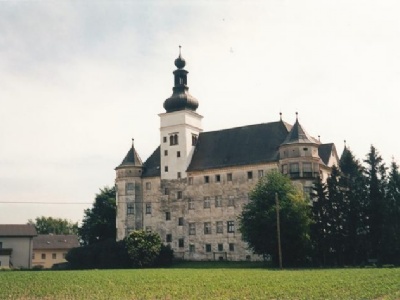
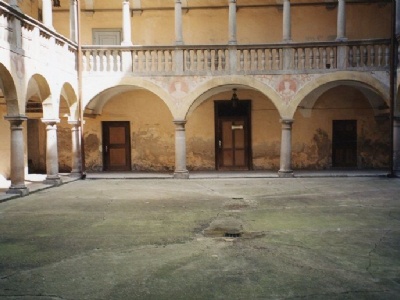
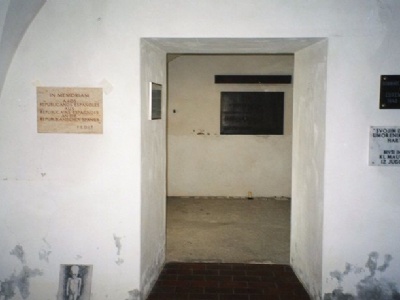
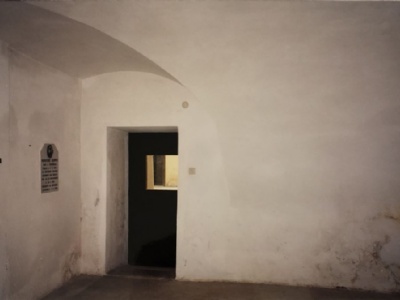
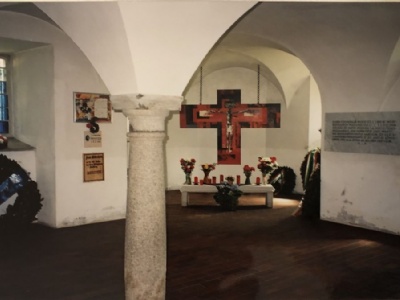
Near Hartheim flows the Danube river, which in the mid-fifties was hit by heavy floods. As a result, several homes were destroyed and people had to be evacuated. Some of those who had their homes destroyed in connection with the floods were offered new accommodation in Hartheim Castle where several rooms stood empty. The castle consists of several floors and this became a permanent residence over time. However, it was not entirely uncontroversial given the site’s history that it was rented out apartments in the castle while on the ground floor it was a museum. In the late nineties, this was solved by offering the castle’s residents new accommodation elsewhere. When I visited the castle in 1998, it could only be visited in the company of a guide and the current museum had not opened. I remember during my visit kids living there were running around and played.